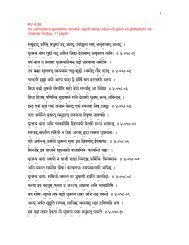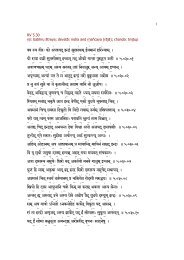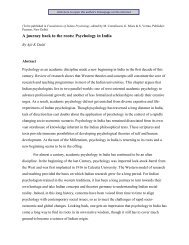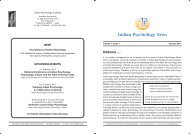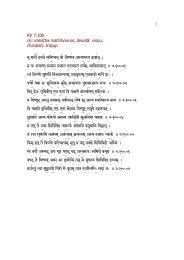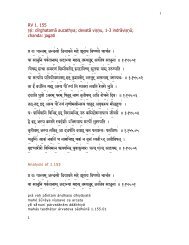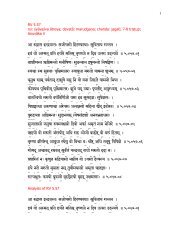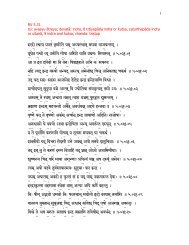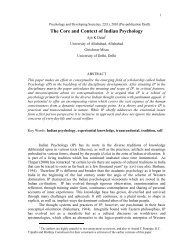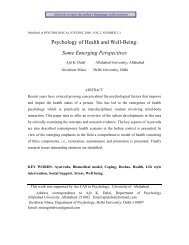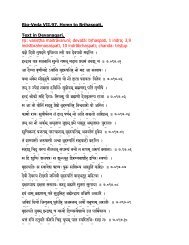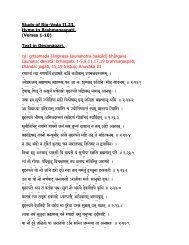Anasakti and health: A study of non-attachment - Indian Psychology ...
Anasakti and health: A study of non-attachment - Indian Psychology ...
Anasakti and health: A study of non-attachment - Indian Psychology ...
Create successful ePaper yourself
Turn your PDF publications into a flip-book with our unique Google optimized e-Paper software.
101Within this framework, the findings relating to the perception <strong>of</strong>distress can be interpreted. As stated earlier, subjects high <strong>and</strong> lowon anasa.4ti differed from each other with respectto their subjectiveperception <strong>of</strong> distress (ADR) <strong>and</strong> symptoms <strong>of</strong> strain. Since anasaktiis characterised by a strong tendency toward effort orientation, thosehigh on anasakti were able to evoke action-oriented self-regulatoryprocesses more effectively than those who were low on anasakti.Self-regulatory processes consist <strong>of</strong> three phases (Rosenbaum,1988). When stressful situations are encountered, these phasesinvolve representation, evaluation <strong>and</strong> action. In the representationphase, the individual reacts emotionally <strong>and</strong>/or cognitively tostressors which cause disruption in his daily routine. In the evaluationphase, he evaluates the significance <strong>of</strong> disruption caused bystressors in terms <strong>of</strong> his well-being. In the action phase, he respondsto stressors in such a way that the disruption may be minimised.Significant mean differences in ADR suggested that individualshigh <strong>and</strong> low on anasakti differed from each other in the manner inwhich stressors were represented. When they confronted stressfullife events, they felt differentially distressed. <strong>Anasakti</strong> helped thehigher anasakti group to evaluate stressful events as presentingchallenges rather than threats. They could evolve suitable copingstrategies because <strong>of</strong> their disposition to remain emotionally poised.In the case <strong>of</strong> subjects low on anasakti, threat appraisals, emotionalinstabilities <strong>and</strong> coping ineptitudes may have led to greater perceiveddistress. These individuals also manifested moresymptoms <strong>of</strong>psychological <strong>and</strong> physical ill <strong>health</strong>. ,<strong>Anasakti</strong>: The Predictor <strong>of</strong> StrainThe relative significance <strong>of</strong> anasakti <strong>and</strong> stress scores in predictingstrain was tested. More than the stress scores, anasakti significantlypredicted strain symptoms. This finding suggested that dispositionalfactors increased an individual’s susceptibility to stressors morethan the situation itself. <strong>Anasakti</strong> was found to representone facet<strong>of</strong> human personality which helped individuals remain well adjusted<strong>and</strong> <strong>health</strong>y despite exposure to’ stressors. It was also found thatthe contribution <strong>of</strong> anasakti in predicting strain was greater thanthe contribution <strong>of</strong> stress scores. The psychological processesunderlying this finding will be discussed.Downloaded from pds.sagepub.com by Ajit Dalal on April 4, 2011



